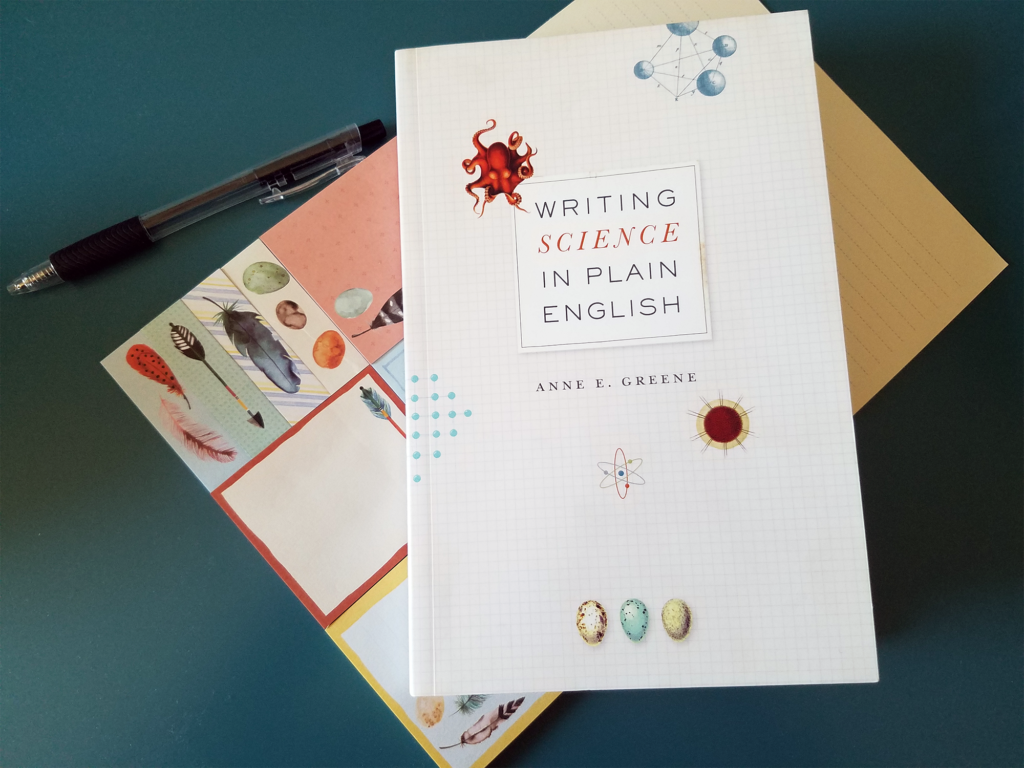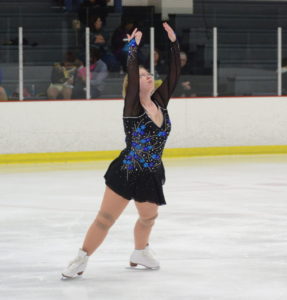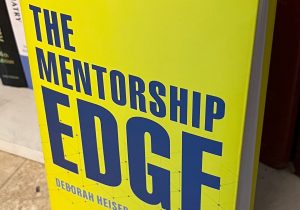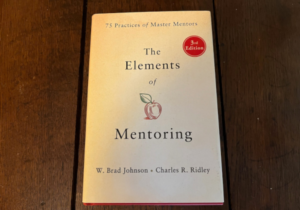Writing Science in Plain English: Clarity Rules
As one might expect from the title, Writing Science in Plain English is clear, concise, and very easy to understand. In fact, it’s one of the best books on writing I’ve come across. If you only read one book on science writing, make it this one.
In short, digestible chapters filled with examples and exercises, author Anne E. Greene demonstrates how to tell a clear and engaging story with active voice, strong verbs, and thoughtful word choices. She also spends a lot of time on how to arrange paragraphs and report information in the most understandable ways. Chapter 7 is particularly valuable. When writing, authors can often forget that the data and ideas they’ve been working with for months or years is new to readers. Understanding how humans process written information—we best understand something when old information comes at the beginning of a sentence while new information is placed at the end—has helped me reframe some of my writing to lead readers through the steps to my conclusions. The many examples of good and poor placement of information in a sentence vividly illustrate the point.
In addition to Greene’s deconstructions of why an impenetrable piece of writing is so difficult to read, I most appreciated the short, to the point explanations for why each piece of advice she dispenses clarifies writing. For example, in Chapter 3, she explains that abstract nouns like “manifestations” acting as subjects in a sentence can cause confusion for the reader because they “tend to nudge the characters in a sentence into supporting roles such as modifiers and objects of prepositions where readers are likely to miss them.” Rather than handing down rules from on high, Greene tells us why the rules matter.
At less than 100 pages, Writing Science in Plain English can be read in a couple of hours, but also deserves a place on any scientist’s bookshelf to reference again and again.
More Resources
The Guiding Principle in Scientific Writing
Using Content-Lexical Ties To Connect Ideas in Writing
A Smorgasbord of Grant Writing Pointers with a Side of Wit







2 Comments
I’m so glad that you like the book that I recommended to you when we first met. It is one of my top two recommendations on scientific writing. Your article summarizes my same thoughts on the book.
I appreciate the recommendation. I would add “How to write alot” by Paul Silvia as another good one that likely complements Anne Greene’s book. It sounds like her’s goes into the mechanics of writing, while Dr. Silvia’s is more about strategies to overcome or avoid barriers to writing.